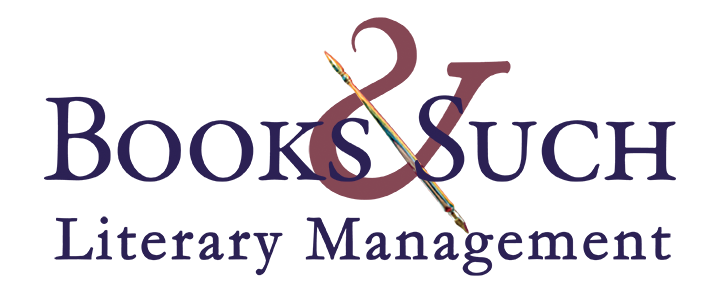Blogger: Kathleen Y’Barbo, Publicist
Location: The Woodlands, TX PR Office
Weather: Sunny and 57 degrees
In these tough economic times, one would be hard-pressed to find someone who hasn’t given at least passing consideration to his or her resume. But what of those of us who aren’t bound by corporations and bail-outs, aka. the writer? Would you be surprised to know that you, too, could benefit from a writer’s resume?
In the same way a resume tells a potential employer about you and your skills, so does a writer’s resume–also called a one-sheet–tell potential publishers about you and your book. When slanted a slightly different way, a resume can also be used as an essential part of the press kit that goes out to media once your book is in print. Next week, we will talk more about press kits, but for now let’s consider the writer’s resume in more detail.
1. Dispense the basics first. As with any other resume, you will need to begin with your contact information. Basic information such as name, address and phone number are essential. If you’re computer savvy, you might want to add your head shot here as well. Don’t forget your email address, as most busy editors prefer that type of correspondence .
2. List the titles of your completed books and a brief (one sentence or less) summary of them. This is important even if you’re not published, as it shows the editor you have the ability to finish a manuscript. If you are published, be sure to include the ISBN and release date.
3. List any qualifications or awards you’ve received that are pertinent to your writing. Unless you write legal thrillers, don’t mention you were Paralegal of the Month at your firm.
4. If you speak, especially on a subject related to your book, create a section for speaking topics. This is essential for letting the editor know you’re willing to do what it takes later to get the word out about your book. It also tells him or her that you have a forum for book sales that can be tapped into.
As you can see, a writer’s resume should not be an overly complicated document. As with any job seeker, the emphasis is on highlighting what you bring to the table.
Find the balance between too much information and not enough, and above all, keep your resume professional. This is not the place to showcase your humor, even if you do write comedy. Rather, this is a calling card that will, you hope, cause an editor to not only answer the door but also to usher you through to publication.
Many writers prefer to bring one-sheets with them to conferences. If you’re published, it is the invitation to media that should cause a reporter to jump at the chance to interview you. So, while you need to toot your own horn, ignore the temptation to play a Bennie Goodman number at high volume.
As you create your one-sheet, consider the purpose for your resume and tailor it accordingly. Author Tracy Ruckman has written a wonderful article on the topic of creating and using one-sheets especially for writers conferences and editor appointments. Check out the details at: http://resourcesforwriters.suite101.com/article.cfm/the_writers_onesheet
What does your one-sheet look like? How has using this tool opened doors for you?

Great topic. ACFW did a little course on these as well.
I have a rough draft of one that has my photo, a couple sentences about me, then about 100 words about the project.
Seems that might be a little too long.
Should you do ONE one sheet per project? For example, I have one trilogy done and ready along with two other stand alone projects. Should I do ONE one sheet for trilogy and then two separate one sheets for the other two projects?
Great information here, thanks!
Great advice, thanks so much!
I usually do a separate one-sheet for each project and a more general one that showcases my overall writing career. Does this work for editors?
Thanks for lots of great info. I’ll use it to edit my sell sheets for Mount Hermon!